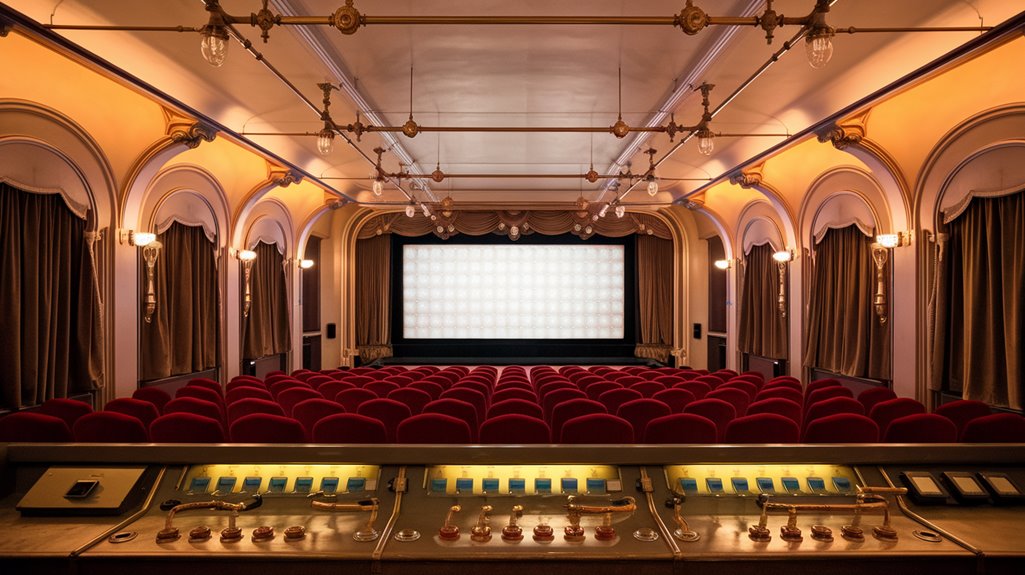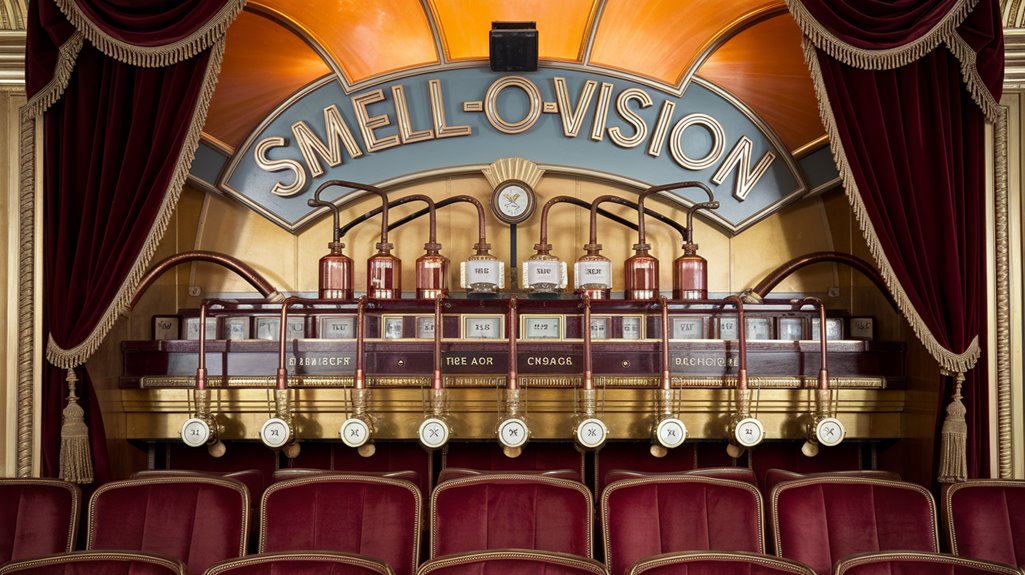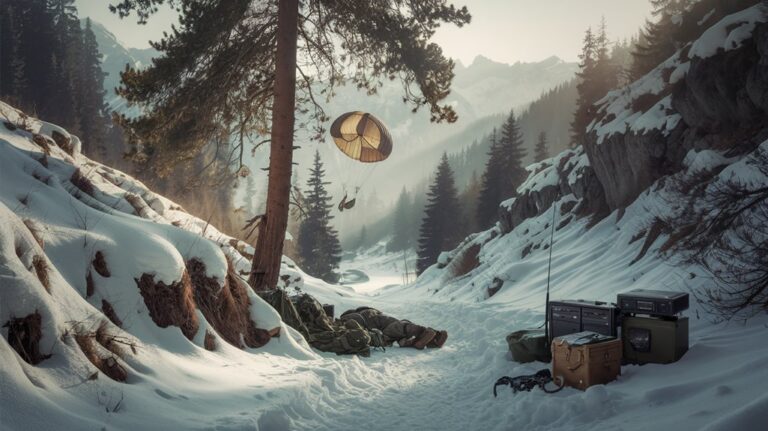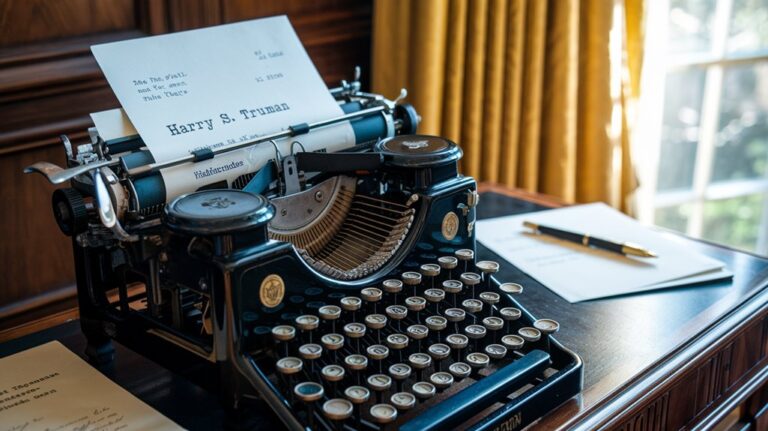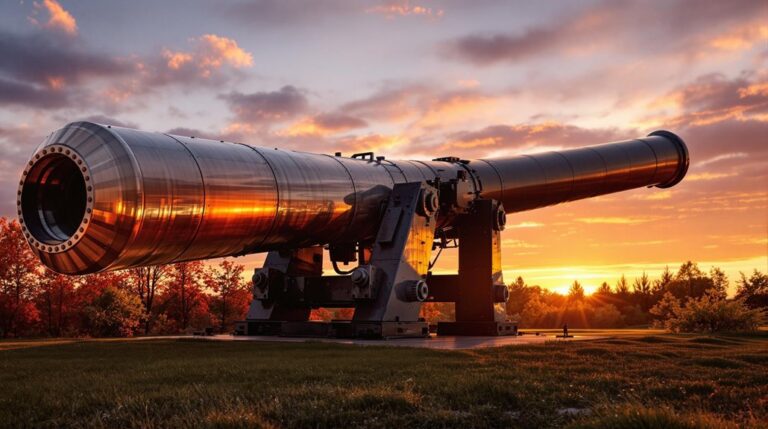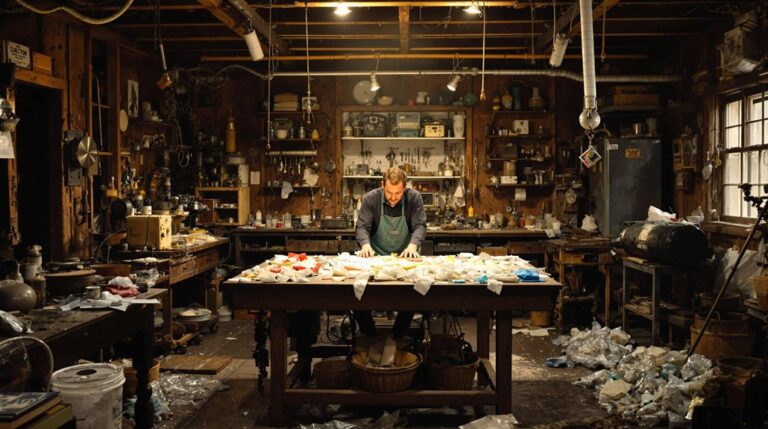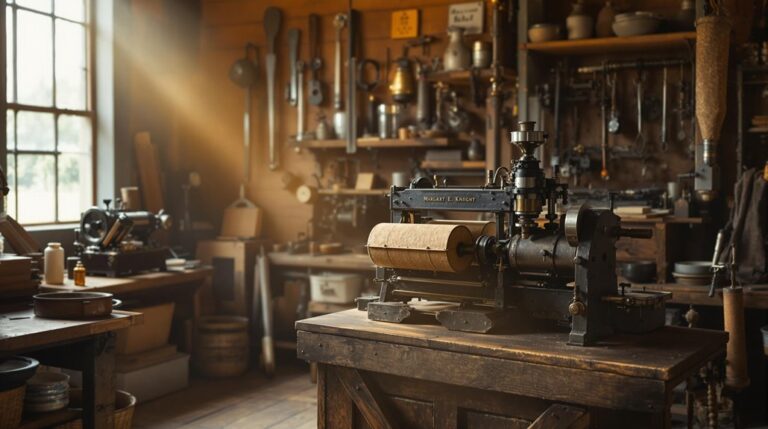Smell-O-Vision: The Sniffable Cinema Experiment
Like a forgotten melody from cinema's golden age, Smell-O-Vision beckons from the innovative frontiers of 1960s entertainment. You won't find many moviegoers today who've experienced this ambitious experiment, where scents wafted through theaters in sync with on-screen action. When you consider how this technology attempted to revolutionize the movie-watching experience, you'll discover more than just a quirky footnote in film history. From its technical challenges to its lasting influence on modern entertainment, the story behind cinema's aromatic adventure reveals surprising connections to today's immersive technology landscape.
The 1960s Cinema Revolution
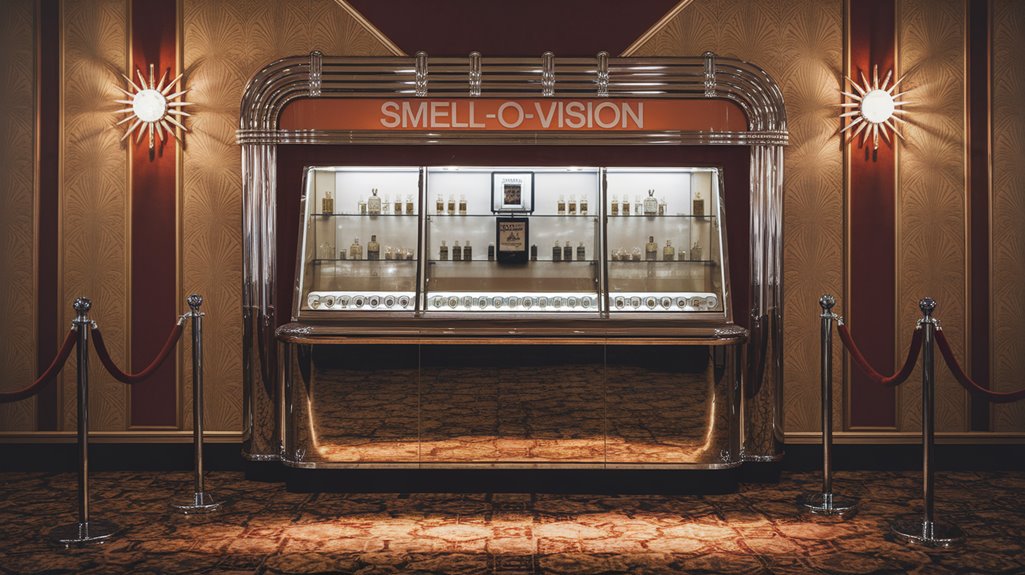
While Hollywood had long operated under rigid studio control, the 1960s ushered in a revolutionary era of filmmaking that transformed American cinema.
Alongside groundbreaking storytelling, theaters experimented with scent delivery systems to create immersive experiences.
The emergence of New Hollywood brought fresh perspectives from directors like Martin Scorsese, Francis Ford Coppola, and Steven Spielberg, who challenged traditional conventions and explored controversial themes. The movement drew significant inspiration from European filmmakers who introduced radical ideas to American audiences.
Films like "The Graduate" and "Bonnie and Clyde" marked this dramatic shift, introducing complex characters that defied classic hero stereotypes.
The rise of Antihero Archetypes reflected the era's social upheaval and public disillusionment with authority. You'll find these changes evident in works like "The Searchers," which reimagined the typical American hero, and "Little Big Man," which addressed Vietnam War anxieties.
This creative revolution, driven by themes of class, race, and power, would influence filmmaking for decades to come.
Modern Scent Technology Breakthroughs
Modern scent technology has revolutionized how we experience digital environments, particularly through breakthroughs in virtual reality and AI-driven innovations.
You'll now find olfactory immersion in VR systems like HTC Vive, where you can grasp and sniff virtual objects in applications ranging from wine cellar games to therapeutic sessions. Developers utilize microencapsulation techniques to release precise scents at exactly the right moment during virtual experiences. Early experiments at the Rivoli Theater in 1916 paved the way for modern scent delivery systems.
AI has transformed scent personalization through tools like Givaudan's Carto, which helps create unique fragrances based on your preferences and emotional needs.
You can experience these scents through smart home emitters that adjust to environmental conditions or wearable devices that respond to your stress levels.
The technology even extends to molecular printing and olfactory teleportation, where Osmo's AI can instantly analyze and reproduce scents with remarkable accuracy using graph neural networks.

